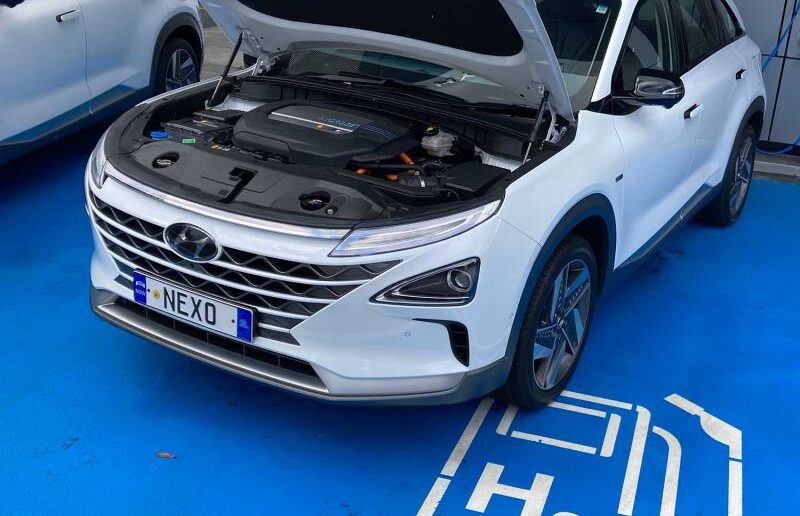Innovation
The emergence of new offshore exploration targets at depths of 3,000 metres or more is putting increasing pressure on operators to maintain their deepwater assets, which requires the industry to keep pushing the limits of current technology.
While oil and gas structures, equipment and other high-value components located above the surface require regular inspection and monitoring, subsea assets, located in increasingly deeper water require the same treatment.
While certain subsea inspections can be carried out by professional scuba divers, operators may need to conduct inspections in water that is not clear... more
Operators increase adoption of power alternatives
Due to increasing pressure from stakeholders, governments, communities and environmental groups to reduce greenhouse gas (GHG) emissions, oil and gas operators around the globe are turning to renewables to power their operations.
According to a new database and analysis by IHS Markit, oil and gas companies are starting to utilise alternative sources to reduce carbon emissions associated with their operations.
“There has been a striking pace of growth over the past few years and a dynamic commercial environment for delivering renewable energy to oil and gas operations,” detailed Judson Jacobs, executive... more
Drawing inspiration from nature to detect corrosion
Engineers in the United Kingdom have developed a new scanning technique inspired by the natural world that can detect corroding metals in oil and gas pipelines.
By mimicking how bats use differing wavelengths of ultrasound to detect objects, hunt, and avoid predators, the engineers have developed a new system that combines two separate types of radiation - fast neutrons and gamma rays – to detect corrosion, which is something the oil and gas industry is all too familiar with.
According to a study by NACE International, the annual cost of corrosion in the U.S. oil and gas production industry is estimated ... more
Industry gets invaluable aerial spectrum
Unmanned aerial vehicles (UAV) are having a profound impact on both offshore and onshore oil and gas projects around the world – assisting operators to conduct inspections of hard to reach areas and across lengthy distances in record times, while reducing costs and risks to personnel safety.
UAVs provide enormously precise aerial intelligence that simplifies and improves a wide range of oil and gas processes.
Whether inspecting hundreds of kilometres of oil or gas pipelines for leaks, helping operators comply with regulations or enabling companies to construct infrastructure more efficiently, UAVs have q... more
Real-time monitoring increases transparency
With a growing number of companies under scrutiny from investors and the community, the oil and gas industry has been one of the leading sectors to implement measures that aim to improve and increase transparency of operations.
Oil and gas operators have a significant amount of critical equipment which needs to be monitored and analysed to comply with regulatory requirements, and to identify problems that could risk the safety of workers, cause damage to the environment, result in loss of product, and as a result, lead to unplanned downtime.
In recent times, advanced sensor technologies have assisted the i... more
Getting a bigger picture of subsea assets
While oil and gas operations have multiple critical assets above ground that require attention, there are also plenty below the surface that need to be maintained, such as offshore platforms and drilling equipment, pipelines, communication and other cables.
Subsea inspections are generally performed during the installation and decommissioning stages of a project, but they are also critical during the operational phase. During these inspections, operators will examine assets for leaks, cracks and other damage that may occur as a result of corrosion, aging, seismic events, installation issues or damage caused b... more
Accurate recording is crucial for compliance
Oil and gas operators are expected to have a systematic control over their processes, facilities, equipment and other assets in order to comply with safety and environmental regulations, but also to ensure the products that reach customers are of the highest standard. Instruments that measure flow, level, pressure, temperature and other variables in hazardous locations are generally used to monitor and control oil and gas operations.
As oil and gas projects expand, so do the list of equipment that are used to measure and gather different types of information. If these measurements are incorrect, oil and gas c... more
















